How is shochu made?
/Rice Steaming Stage
The steaming process helps to make the dissolving of rice starch easier and also provides a sterilizing effect.
Koji
Koji is made by sprinkling koji-kin(aspergillus oryzae) on steamed rice that has been cooled to 95 ℉ - 104℉. Koji-kin is used in shochu production to break down the starches in steamed rice into fermentable sugars. It takes about two days to make koji.
Yeast
Yeast is a microorganism that converts sugar into alcohol. There are suitable yeasts for shochu just as there are suitable yeasts for Japanese sake. Some sakagura (breweries) have their own yeast that exists on the wall or in the air in the kura (house where they make shochu.) The choice of yeast gives variety, taste, fragrance, and profile to the final shochu.
Moromi
Moromi is the mash in which the conversion of sugar into alcohol takes place. Shochu requires two preparations of moromi. The first batch of moromi is fermented with koji, water and yeast. Then the crushed sweet potato has to be added to the first moromi for a second fermentation, a step called the second moromi. Kurabito (people who work on making shochu) have to check the fermentation process and temperature every hour of every day.
Distillation
There are two kinds of distillation machines. One is used for single distillation and the other one is intended for consecutive distillation. Single distillation is a very traditional distilling method and is used for making "otsu-rui" shochu which is well-known as "Real-thing shochu" (Honkaku-shochu.) Any Shochu made with raw material is recognized as "otsu-rui," which means the product has to be made with the single distilling method. The consecutive distilling method removes any components without alcohol and results in a product with a high degree of purity. This kind of shochu is called "ko-rui" shochu and it is very close to being both tasteless and odorless.
Storage & Aging
A stable quality shochu is usually stored for a while. The first 3 to 6 months will eliminate the component that produces a gas smell. After 6 months to 3 years, the quality of the shochu will be mild since various aroma components will be produced through diminished chemical reaction. After 3 years, the shochu will have a unique flavor because the aroma component is condensed. This "aged shochu" is often stored in a kame (type of jar) which can be made of earthenware, glass or stone. The kame has no handle. Placing shochu into the kame will make the shochu taste mild because of the many pores on the surface of the storage vessel.
Addition of water
The original shochu (genshu) has an alcohol level of 44-60%, so water will be added to reduce the alcohol content to approximately 24-25% for otsu-rui shochu and 35-36% for ko-rui shochu. Ko-rui shochu has a higher alcohol content than otsu-rui shochu because it is usually mixed with other beverages to make cocktails.












